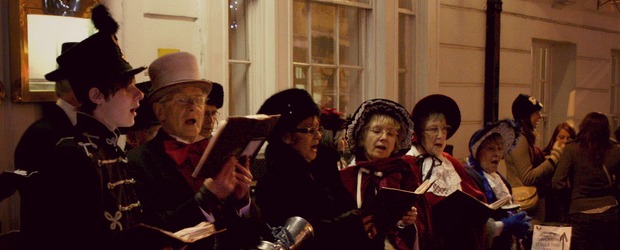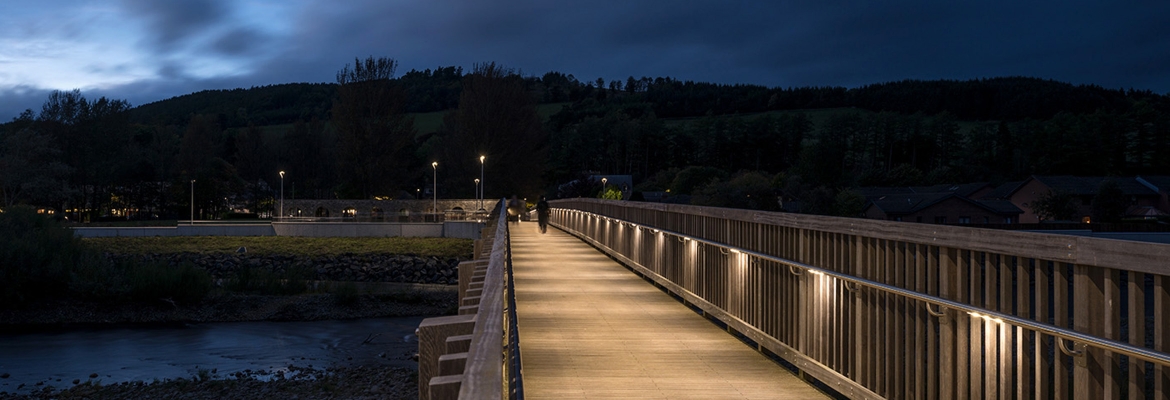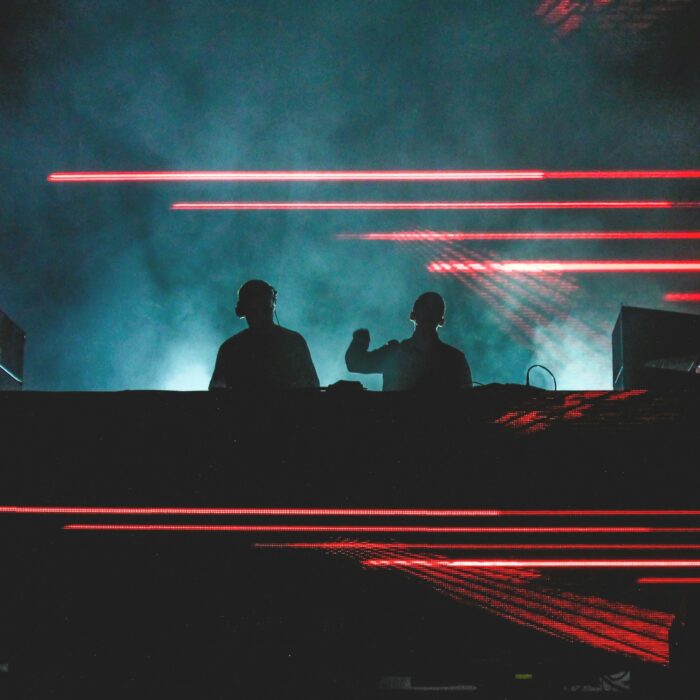You have no items in your cart. Want to get some nice things?
Go shopping
I remember standing as tall as I could, lifting my head up and singing at the top of my voice. In the corner the tree stood taller still, lighting beneath it the gathered ranks of our parents who had come to listen. This was the school carol concert and I was going to sing every word, never mind the embarrassment.
I used to get ridiculously excited about Christmas as a child. This was only increased by the fact that Christmas day is also my birthday. For me, December 25th has always been Christmas and New Year’s Day all rolled into one. I would literally be starting a new year of my life. I started to look forward to it as soon as I began writing the date at the top of my new exercise book at the beginning of each school year. Long before it was time to open the doors on my advent calendar I was counting down the days in my head.
I can see now from the vantage point of my mid-thirties that music played a big part in my childish excitement. If I shut my eyes I can hear a constant festive soundtrack composed not just of those carols we rehearsed for our school concert but all sorts of pop songs, novelty records, charity songs, and TV themes. There is, for instance, Howard Blake’s music for The Snowman (1982) and Geoffrey Burgon’s soundtrack to the BBC adaptation of The Lion, the Witch and the Wardrobe – compulsory teatime viewing on Sundays in December 1988. In a sense, my memories of Christmases past are saturated with melodies.
When I hear all those same pieces now I do not feel excited about Christmas so much as nostalgic for it. I feel like I have opened the window on a different calendar of days to find that the view is one of my own past.
The way that we celebrate Christmas is in many ways structured around a broader principle of nostalgia – of actions repeated every year with minimal alteration. We put up our decorations and at the same time put up around us our memories of the festive period.
The way we consume Christmas music is both a cause and effect of this repetition. The special efficacy of festive tunes to act as a site of nostalgia is in part due to the fact that they themselves encode a kind of musical reminiscence. Christmas carols are, for all their convoluted histories, structured quite conservatively in musical terms, relying upon conventional tonal relationships and simple tunes. It is this that makes them so easy to learn and to remember. Modern Christmas pop songs are perhaps even more straightforward in their melodic and harmonic construction. Just as important, though, are the ways in which the basic musical structures of these hits are decorated, so to speak. Beyond their familiar lyrical content, these records often establish a feeling of ‘christmassy-ness’ through the deployment of certain key ‘Christmas’ signifiers or sound effects: sleigh bells, tubular bells, the introduction of a choir and so on.
These aural signs are triggers for a nostalgic process that operates beyond the song itself. They draw upon a broader cultural construction of Christmas that extends not only from the Christian tradition but also the Victorian imagination, and the work of Dickens in particular. In a sense, their effectiveness is dependent upon both strictly musical matters and their ability to activate a cultural memory.
As I have grown older my experiences of Christmas music have inevitably broadened. To take two examples: as a teenager I discovered Ralph Vaughan Williams’ remarkable ‘Fantasia on Christmas Carols’ (1912); and then, more recently I have come across Franz Liszt’s Weinachtsbaum or Christmas Tree Suite (1882). These are works that wear their nostalgic intentions on their sleeve. However, they also exhibit an expressive complexity that negates any straightforward representation of the period – its celebration or its remembrance.
And here, I think, is the crux of the issue. A tendency towards nostalgia need not erase every kind of complexity. Whilst ‘the nostalgic’ must, by its very nature, rely on a certain idealised point of view the articulation of that view can be rendered in a convincingly complex fashion – if not problematically then at least in a more sophisticated style. It is no less joyful for that. The very best festive music – whether explicitly Christian or more secular – maintains a rich sense of the period, its traditions and histories. It also stands up to repetition. In this sense, it is like our memories of Christmas itself.
And so, another Christmas is approaching and I’m looking forward to another birthday. This year I won’t be singing in any carol concert. I will, though, I’m sure, find myself reaching for the same old CDs. I will be placing the same old music on the piano’s music stand. It is there that I will find the particular story of my own Christmases past and present.

About James Holden
James Holden is a writer working across the critical-creative divide. He is a specialist in British and European culture from the birth of Chopin in 1810 to the death of Monet in 1926. His published work includes In Search of Vinteuil: Music, Literature and a Self Regained (Sussex Academic Press, 2010). He is currently working on a philosophical reading of Romantic pianism. James also writes experimental prose and poetry. He is currently associated with the HOARD art project in Leeds.




